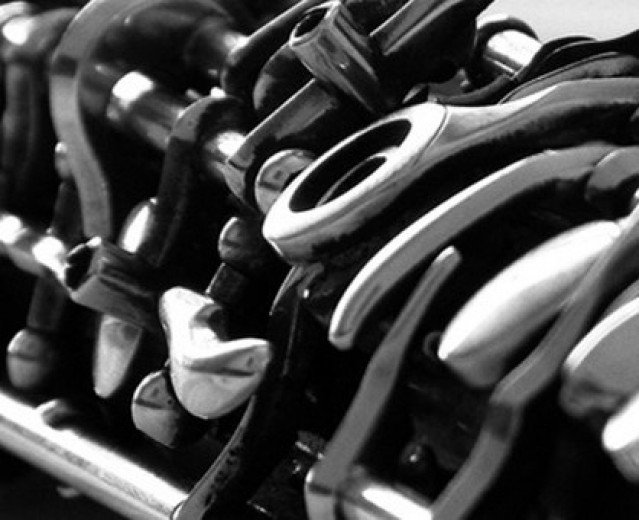In this article we will talk about wind
instruments: in the Hornbostel-Sachs classification, the aerophones instruments
can be classified into two main families, free aerophones and non-free aerophones (wind instruments proper) like the flute, the trumpet,
the clarinet, etc..
Without getting into details, the main
difference is that, in free aerophones, the vibrating air is not contained
within the instrument, but the sound is generated directly by a sound wave in
the surrounding air. To this category belong the free-reed instruments, like
the harmonica, the accordion, the harmonium, or instruments where the sound is
generated in the air by a vortex, like the hiss of a whip or by the fast
rotation of an object.
The second large typology of aerophones comprises
the non-free aerophones, or wind instruments proper. In Western culture, instruments are often
indicated and classified with the historical denomination of Brass and Woodwind,
based on the materials they were made of in the past, and, even if nowadays
these denominations are inadequate, these terms are still widely used.
In the large family of woodwinds we have: flute and piccolo, clarinet and bass clarinet, saxophones, oboe and English horn, bassoon.
On the other hand, the brass family comprises: trumpet and cornet, trombone, tuba, basso tuba and flugehorn, French horn.
Oboe

In ancient times, the first double-reed
instruments had the shape of pipes and shawms well-known in Egypt, China,
Arabia e Greece. During the centuries this instrument evolved noticeably. The Oboe descends from the XVII century shawm,
an instrument with a very conical bore and a piercing and loud voice (almost like a trumpet). Only in the following century it took the
shape we know today, more graceful, the polished lines now are sinuous and
elegant, the tone becomes much more smooth, with a wider dynamic range, and all
the notes of the chromatic scale can be played with a consistent timbre from
the lowest to the highest pitched notes. Since these modifications the oboe parts
from its ancestor, beginning its own evolution. In the following centuries came
further modification, with the addition of more keys in order to facilitate
trills and difficult passages and key systems with automatic opening, the most
important being the octave key, operated by the left thumb.
The modern oboe is commonly made from Ebony or
Grenadilla (an African wood also used by the most famous brand thanks to its
density, workability and dimensional stability, a very important property). Less
frequently used – but not less valuable – are woods like the rosewood, while
the keys are made of nickel silver, silver-, nickel- or gold-plated.

Note
range of the modern oboe
Used mainly in the chamber and symphonic orchestra, the voice of the oboe is particularly evocative, sensual, sweet and sophisticated, especially during the most lyrical and intimate passages, with an unrivalled expression in his family.
The Oboe
family comprises:
- Musette Oboe (sopranino in F) a fourth above, almost fallen into disuse
- Soprano Oboe in C a fourth above, almost fallen into disuse
- Oboe d'amore (mezzosoprano) in A, a minor third below
- Oboe contralto (cor anglais in F), a fifth below and a former version in G, a fourth below
- Oboe da caccia (contralto in F), a fifth below (it is the baroque cor anglais, with a curved shape)
- Bass Oboe (baritone in C), pitched an octave below the soprano oboe
- Heckelphone tenor in C, pitched an octave below the soprano oboe (a double-reed instrument with a large bore, sibling of the oboe).
Next: Flute
